
Applied Mechanics - Engineering
Q1: Lami's theroem states thatA
three forces acting at a point are always in equilibrium
B
if three forces acting on a point can be represented in magnitude and direction by the sides of a triangle, the point will be in the state of equilibrium
C
three coplaner forces acting at a point will be in equilibrium, if each force is proportional to the sine of the angle between the other two
D
three coplaner forces acting at a point will be in equilibrium if each force is inversely proportional to the sine of the angle between the other two
E
none of these.
ANS:C - three coplaner forces acting at a point will be in equilibrium, if each force is proportional to the sine of the angle between the other two Now, according to Lami's theorem, if each force is proportional to the sine of the angle between the other two, then the system of forces will be in equilibrium. Mathematically, this can be expressed as follows: This means that the ratio of each force to the sine of the angle between the other two forces is constant. Now, to understand why this leads to equilibrium, consider the vector addition of forces. When we add vectors representing forces, the resultant force is the vector sum of all the forces. Forces are vector quantities, so they have both magnitude and direction. When forces are in equilibrium, the vector sum of all the forces is zero. In the case of three forces acting at a point, if each force is proportional to the sine of the angle between the other two, it implies that the forces are balanced in such a way that they precisely counteract each other. This balance is crucial for equilibrium. In other words, the forces are arranged in such a way that the component of each force along the direction of the other two forces perfectly cancels out the components of the other two forces. This cancellation ensures that the net force acting at the point is zero, resulting in equilibrium. Therefore, Lami's theorem provides a condition under which three coplanar forces acting at a point can achieve equilibrium by being proportional to the sine of the angles between them. |


For help Students Orientation
Mcqs Questions
One stop destination for examination, preparation, recruitment, and more. Specially designed online test to solve all your preparation worries. Go wherever you want to and practice whenever you want, using the online test platform.

